
All sports benefit from a thorough stretching regime
Only in the past thirty years has stretching been widely accepted as a valuable part of exercise. In this country, many of us grew up playing sports with little to no stretching warm up or cool down, and for some (amateur golfers and equestrians come to mind), that routine – or lack thereof – continues today.
Fortunately, most sports and health care programs now realize what yogis have known for centuries – flexibility increases mobility, and mobility keeps us moving through life and performing at our best.
However, taking those first steps to stretch a body that has tightened with age or lack of extension can be tough, and if your tight tendons and muscles have already caused injury, figuring out the safest means of increasing extension can be challenging and painful.
Today there is a growing number of practitioners certified in stretch therapy to help us re-establish movement and maximize performance – whether our goal is walking through life or winning a trophy.
To learn more, we sat down with Roger Kraig, founder of Flexibility First Academy.
“Our bodies are born perfect and we spend a life time screwing them up,” says Kraig, a former gymnast on the 1976 US Olympic team. At 19, he suffered a back injury that led to six months in a body cast. Upon removal of the cast, his therapist began reestablishing movement through intensive stretching. He came back to make the 1980 team and began pursuing education in sports medicine with a focus on stretching to enhance performance. He was able to work with other athletes at the Olympic Training Center beginning with the US Hockey team.
“They thought we were working miracles on these guys who were demonstrating more strength and power, and all we were doing was stretching them, but it enabled them to maximize their performance,” said Kraig. And that performance will forever be known as “The Miracle on Ice” when those same players beat the Russians and took home the gold in the 1980 Winter Olympics.
In 1988, Kraig started his own training facility and began teaching other trainers how to utilize stretch therapy to maximize performance for their clients. This led to Flexibility First Academy, the certification program he runs throughout the world today.
So how do stretch therapies differ and which one is right for you?
While there are many out there, we will take a look at three certifications: Manual Stretch Therapy (MST); Active Release Therapy (ART); and Fascia Stretch Therapy (FST).
Kraig sums it up like this: MST is designed for enhanced performance and works with all three factors – muscle, joints and nerves – with the goal of creating symmetry in the body; ART is very valuable for areas with pain and for realigning joint patterns into their natural position; and FST, which stretches the long fibers (fascia) throughout the body is a good option for overall stiffness and long durations of immobility that may simply come with age.
Let’s take a closer look at each…

Roger Kraig applies MST to a client with shoulder impingements.
Manual Stretch Therapy (MST)
According to Kraig, the overall goal of MST is to create symmetry of movement and strength. It is a resistance-based stretching involving active muscle use by the client who is resisting against the therapist’s light pressure. MST addresses each muscle individually, allowing the therapist the ability to find and strengthen the weakest link.
“We need to be able to isolate your individual muscles, to understand where you are tight, identify what needs to be done to eliminate the tension through stretch and resistance, and then create the strength training program to develop your weakest areas.”
Kraig adds that it is the voluntary muscle contraction which helps build the muscle and improve performance. MST is therefore a good choice for anyone looking to enhance their game.
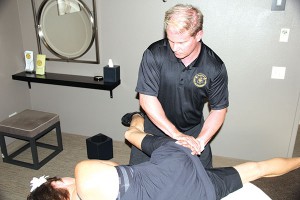
Michael Butler uses ART on a client with hip dysfunction.
Active Release Therapy (ART)
The primary difference with ART is that after identifying a restrictive muscle or structure, the practitioner applies tension to the tissue in the direction of the fibers and then stretches it, helping to breakdown scar tissue and adhesions.
“The procedure for treating soft tissue injuries or nerve entrapments is to first locate from where the problem originates which is sometimes not at the pain site, but from another area,” says Michael Butler of Kinetix Performance in Palm Desert. “If you have an injury, scar tissue forms and the matrix (foundation) tissue lays down unevenly. This must be addressed so that the new tissue can lay down evenly and adjacent structures don’t stick together creating dysfunction.”
Butler notes that ART practitioners are re-certified each year in learning to use their hands to identify specific muscles, nerves, ligaments, tendons and fascia to determine how a patient’s movement is affected. “To be truly successful at ART, you need to have the touch and this can take years to perfect.”
According to Butler, conditions like sciatica, carpal tunnel syndrome, tendonitis, rotator cuff problems, headaches and TMJ can often be resolved quickly and permanently with ART.
So while ART is also good for enhanced performance, it is especially effective on old injuries or areas of pain and dysfunction.
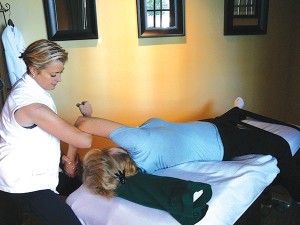
Tracy Smith applies Fascia Stretch Therapy (FST) for full body release.
Fascia Stretch Therapy (FST)
Fascia is the most prevalent tissue in your body and plays an important role in posture and movement. It is the continuous band of fibers that runs from your foot (the plantar fascia) to the base of your skull. Over time, tight fascia will exert abnormal pressure on joints, nerves and muscles creating immobility and pain. You can re-train fascia memory by stretching the fibers and loosening their grip in target areas and lessening pain.
FST is the most passive of these three therapies as the client’s muscles standardly remain relaxed while the therapist does the stretching. Any resistance applied to enhance extension is done through the use of straps.
“FST usually is a full body stretch and includes the joints being stretched,” says Tracy Smith of AcQpoint Wellness Center in La Quinta who is certified in both FST and MST. “MST is also a full body stretch but can focus on certain areas more than others, and ART is localized to the area that is causing irritation for the client.”
So while FST is also good for enhanced performance (golfers note increased rotation after one session) and pain reduction, it is best for those looking for an overall stretch requiring little exertion.
The important thing is to just start stretching – whether at home on your own, through a yoga or exercise class, or with the help of a certified stretch practitioner. Flexible muscles, ligaments, joints and tendons will not only help you perform at the best of your ability, they will also help you move freely through life – for the rest of your life.
For more information contact Roger Kraig, Flexibility First Academy (760) 310.3432; Michael Butler, Kinetix Health & Performance Center (760) 200.1719; or Tracy Smith of AcQpoint Wellness Center (760) 775.7900.





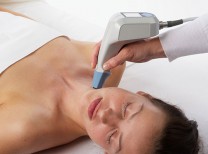
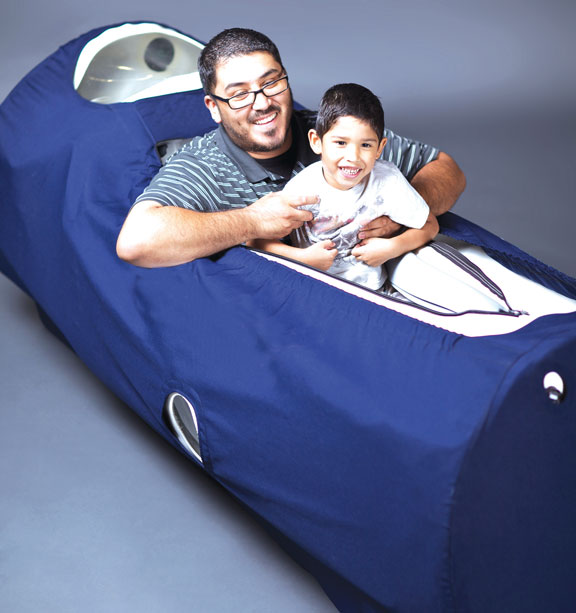
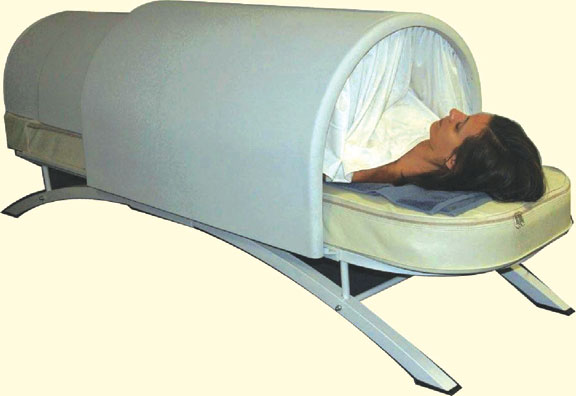
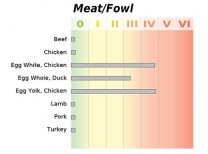







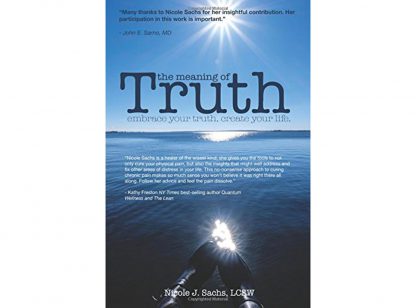




























Comments (3)
Looking for a group stretching class for seniors. Want facia tissue stretching. Is there a program like this in the desert?
Thank you,
Jean Dolby
Thank you, Jean. You may want to check with Daniel at BodyTune in Palm Springs as they do offer some group stretch and therapy classes: http://www.bodytunestudio.com/
Thank you for reading Desert Health!
Lauren Del Sarto
Publisher
Hi Jean,
My best advice for group senior stretching would be gentle or “yin” style yoga.
One of the pioneers in fascia research, Tom Myers, highly recommends yoga for fascial stretch.
Every studio in the valley most likely has gentle classes.
Pilates is another option. I’ve had great success with Ron Duran at Pilates Plus in Palm Springs.
Best of luck to you !
Daniel
BodyTune